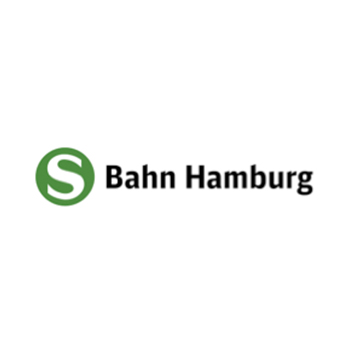NIS-R as a dispatcher system unifies your communication technologies
Where many people have to work together in different locations, a great level of co-ordination with a high demand of communication is required. Instructions to employees must be given and information has to be collected, interpreted and passed on from central dispatcher work stations (director of operations, agent, co-ordinator, controller). Emergency personnel must be mobilised, processes managed and work co-ordinated.
The employee at the dispatcher is the central hub where everything comes together. He/she communicates with all emergency personnel and implementing agencies, so as to have a complete overview of all co-ordinated measures.
In order to maintain an overview, the ease of use of the NIS-R dispatcher work stations is paramount. They support the fast and reliable communication with the respective employees or emergency personnel across different technologies.
Benefits of NIS-R
- GSM-R dispatcher work station in accordance with EIRENE specification: TÜV certified
- Integrated functions for use as a PA dispatcher work station: Configurable and dynamic grouping, live announcements, recorded voice announcements, etc.
- More efficient communication thanks to the consolidation of all communication subscribers from different network technologies (landline, mobile network, radio) and different applications (railway communication including GSM-R dispatching, PA system, emergency calls) at one work station
- Role-based functional bundles facilitate a high level of flexibility with respect to location and time: This way you increase membership during hectic times and/or the use of the roles across locations.
- Easy and intuitive operation of the dispatcher user interface
- Modern management systems allow you to easily change subscribers and roles across the entire system.
Customers value
- Our excellent know-how for implementing a tailor-made, seamless integration into the existing system environment
- Additional benefit of using your existing IP infrastructure thanks to an all-IP solution, which is highly scalable and can be designed fully redundant.
- High degree of investment protection due to sophisticated migration concepts and very long product life cycles of the system components used
Radio dispatcher
With our MGV4000 radio gateways and SBG dispatcher terminals, we are able to implement tailor-made radio dispatcher solutions for you, which are based on our state-of-the-art NIS-R VoIP communication system. If this solution is extended by means of a gateway to the private or public telephone network, the entire voice communication can be handled from one single dispatcher terminal (telephony, radio, GSM, intercom).
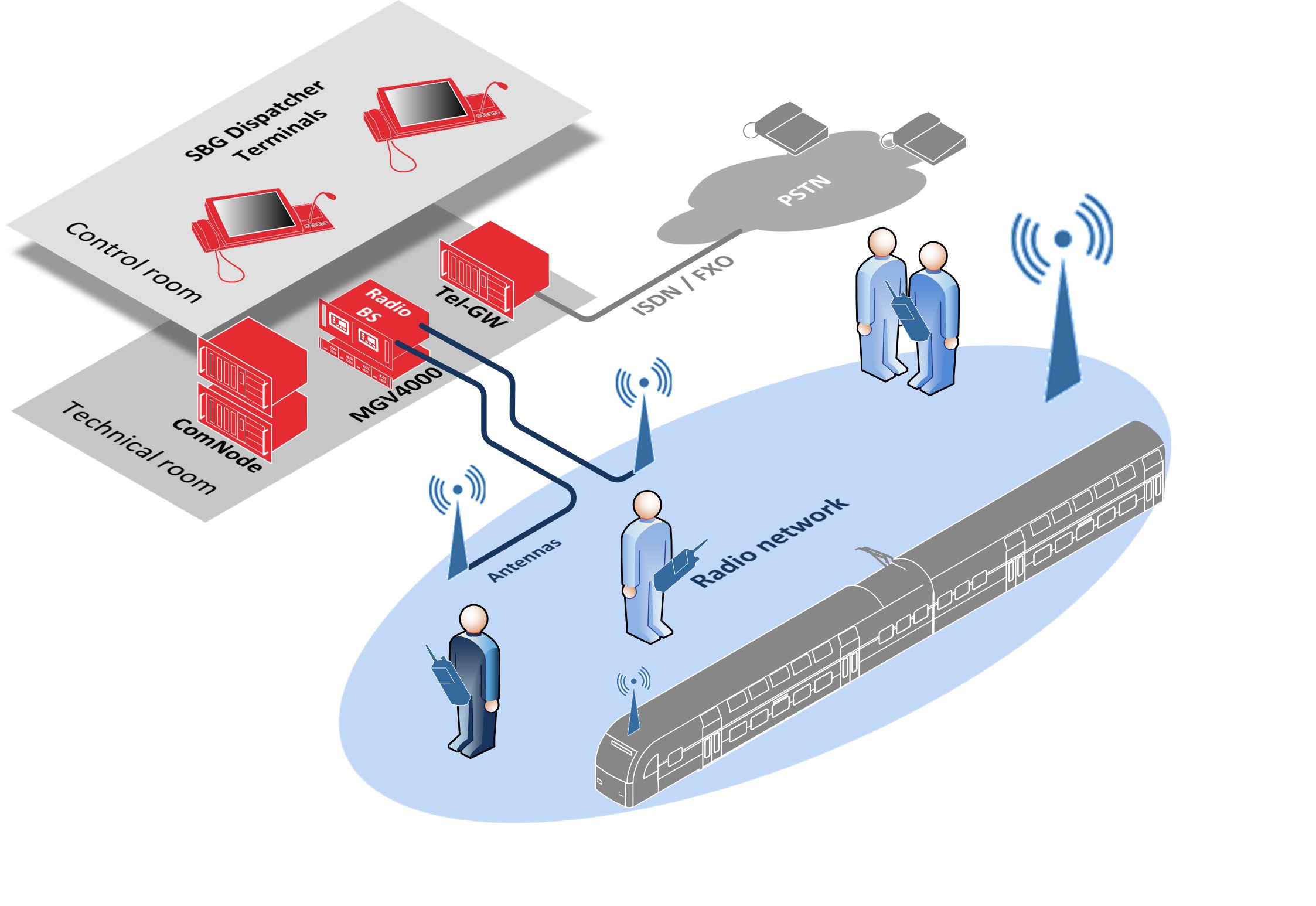
MGV4000 radio gateway
- E&M analogue radio
- MPT1327 trunked radio
- TETRA digital radio
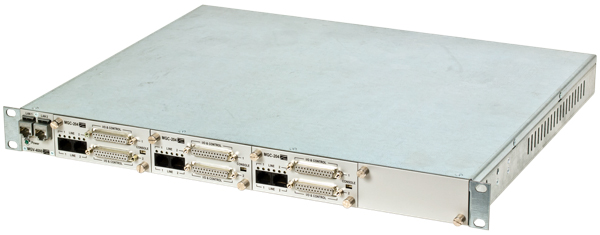
The MGV4000 radio gateway
SBG dispatcher terminal
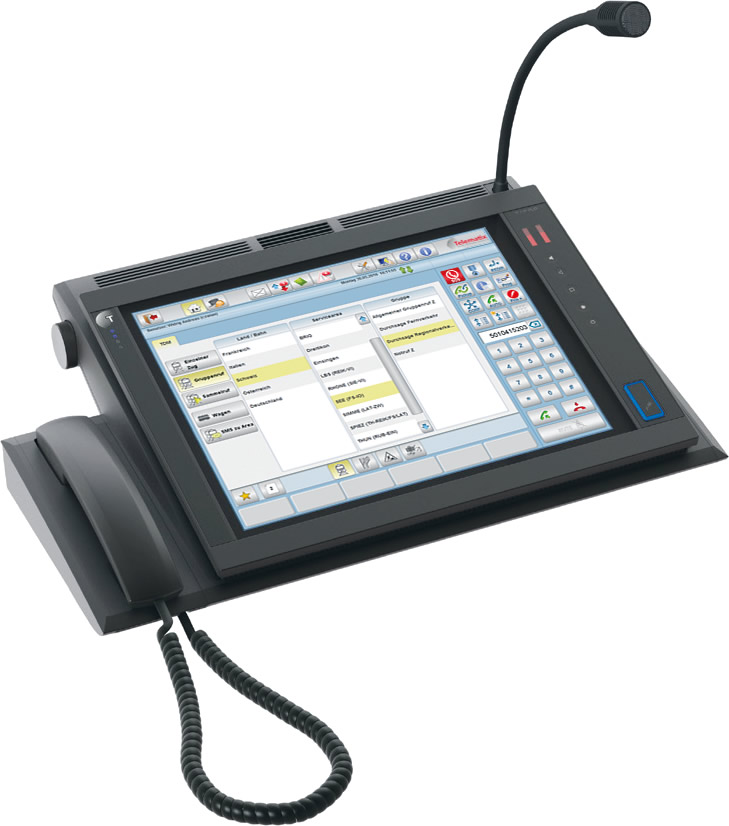
The SBG dispatcher terminal
GSM-R dispatcher
Alongside setting up the GSM-R infrastructure with numerous rail operators, Telematix invested several man-years into developing the NIS-R system into a fully-fledged GSM-R dispatching system. NIS-R now supports all GSM-R functions required for a GSM-R fixed network terminal system, is 100% EIRENE-compliant and accordingly TÜV certified.
Our GSM-R gateway is used with the GSM-R solution, providing the relevant voice and data interfaces to the switching centre of the GSM-R system.
Complementary interfaces, for example to train traffic control systems or IN servers can be implemented by Telematix on a project-specific basis if these systems are not as yet supported by NIS-R as standard.
Special GSM-R dialling wizards are available on the SBG dispatcher terminal, enabling the operator to dial GSM-R numbers in the simplest way. With the she sophisticated role management, “roles” can be used to flexibly assign functional responsibilities to work stations or move them to other work stations depending on the duty roster (local, central or parallel operation).
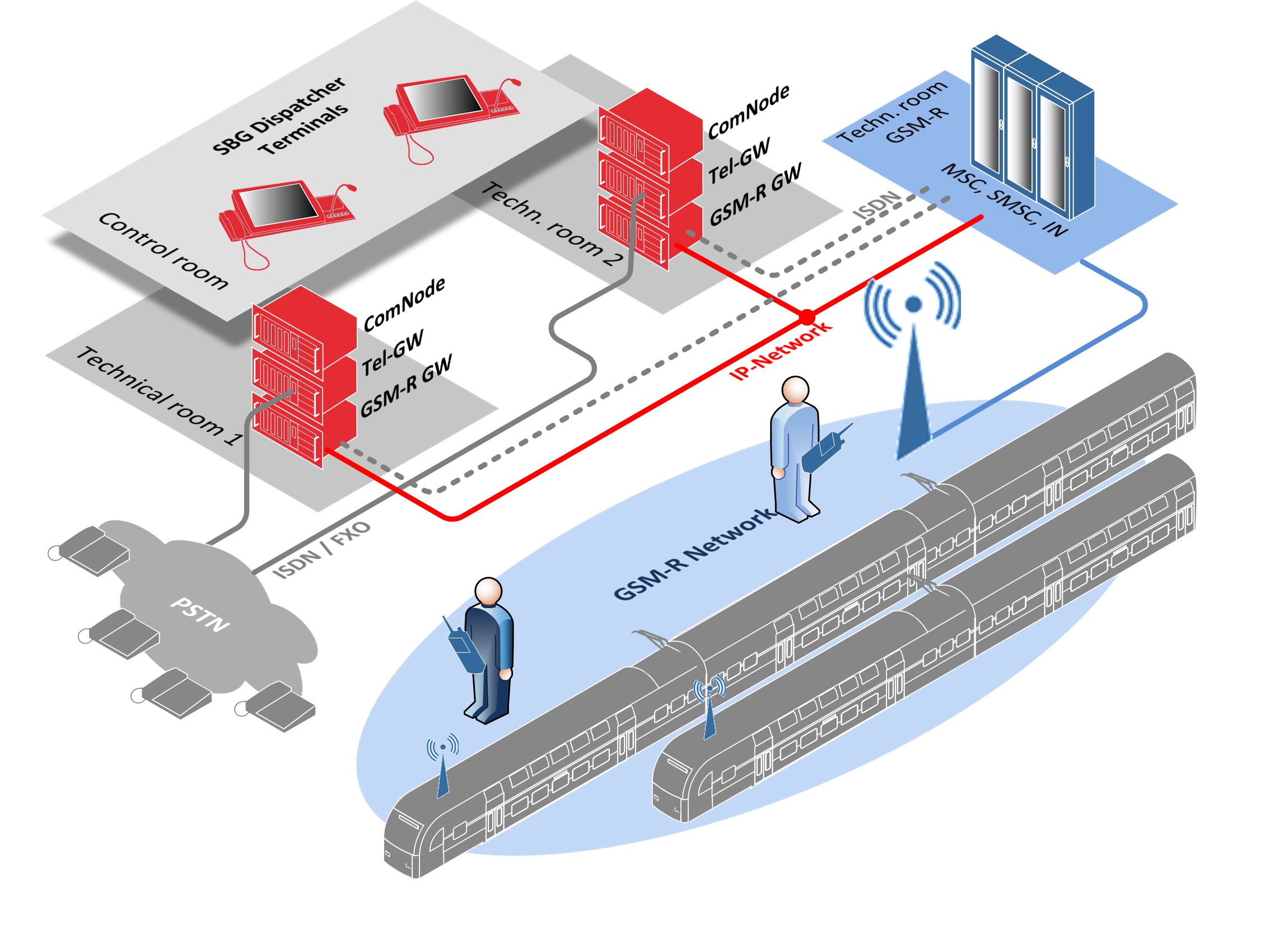
If you operate other radio networks concurrently to the GSM-R, you can easily supplement our GSM-R dispatcher solution with suitable MGV4000 radio gateways. This way you can handle both GSM-R and radio calls at the same operating terminal at the dispatcher work station.
See also Solutions/Operational telecom
Emergency dispatching
From the outset, SBG dispatcher terminals were designed for use with an NIS-R emergency call system, thus offering a wide range of functions that are essential for emergency management in emergency control centres:
- Emergency calls are given preferential treatment (i.e. they are given a higher priority than other calls)
- SBG dispatchers have call queues for >10 calls, which are put in order of priority
- Individual call signalling (different ringtones, different colours)
- Automatic voice announcements until the call is answered by the operator
- Caller identification
- Display of the caller’s location on a graphic map (for calls made from an emergency call point)
- Convenient transfer options
- Alternative call routing if the emergency call is not answered within x seconds
- Call log containing all the details on the calls within the last x months (caller No., exact time of the call, call duration, answering dispatcher)
- Short-term voice recording: The dispatcher can repeatedly listen to the last x emergency calls at his/her SBG dispatcher work station as many times as required
- Long-term voice recording: The recorded emergency calls are archived centrally
- Control of any existing CCTV video system (the camera assigned to the SOS telephone is connected to the CCTV monitor of the SBG work station that deals with the emergency call)
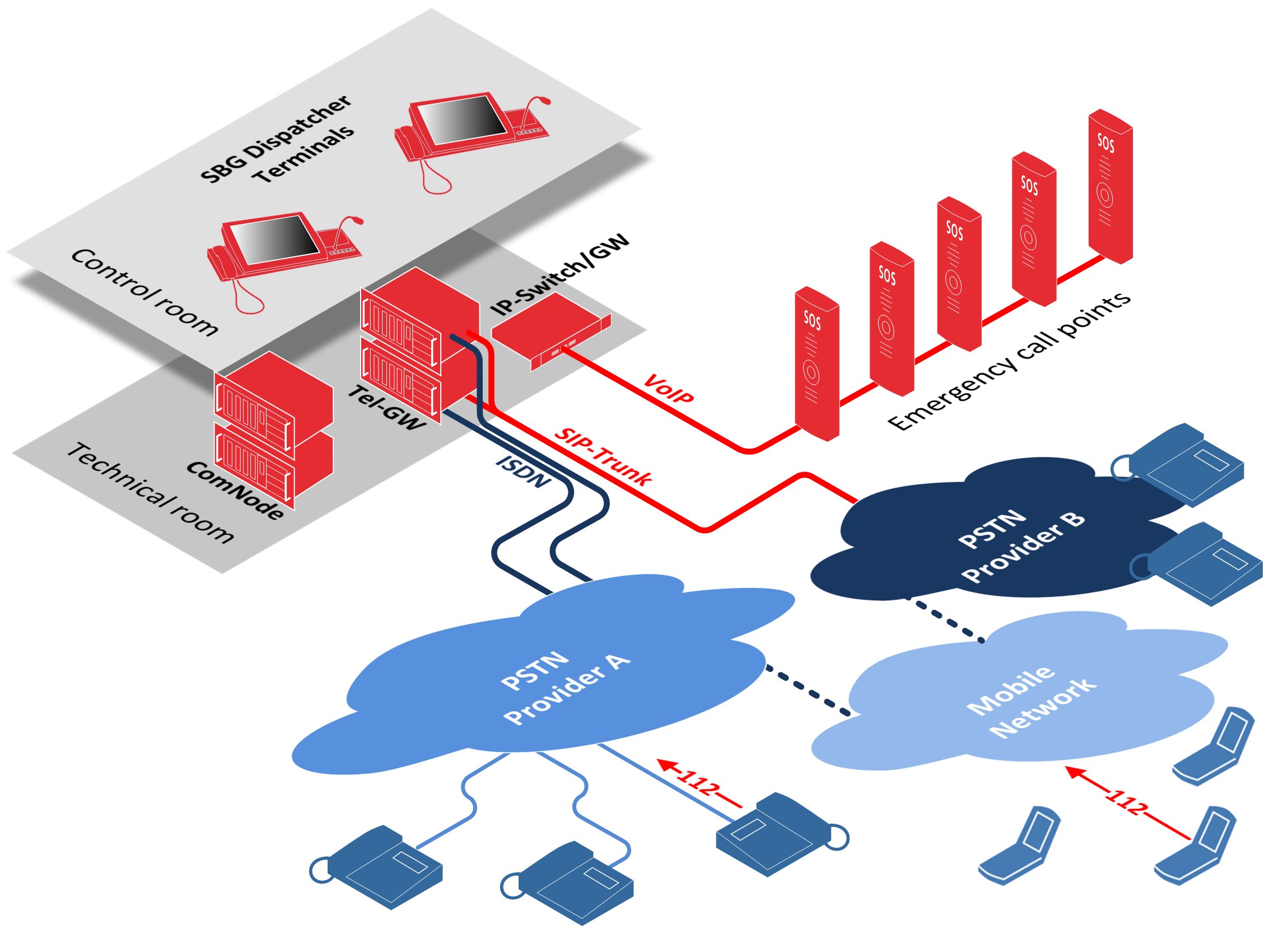
See also Solutions/Emergency call systems


